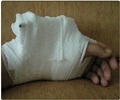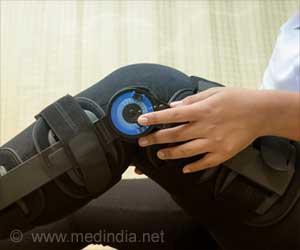New study highlights the bone forming and antiresorptive effects of romosozumab in postmenopausal women with osteoporosis.
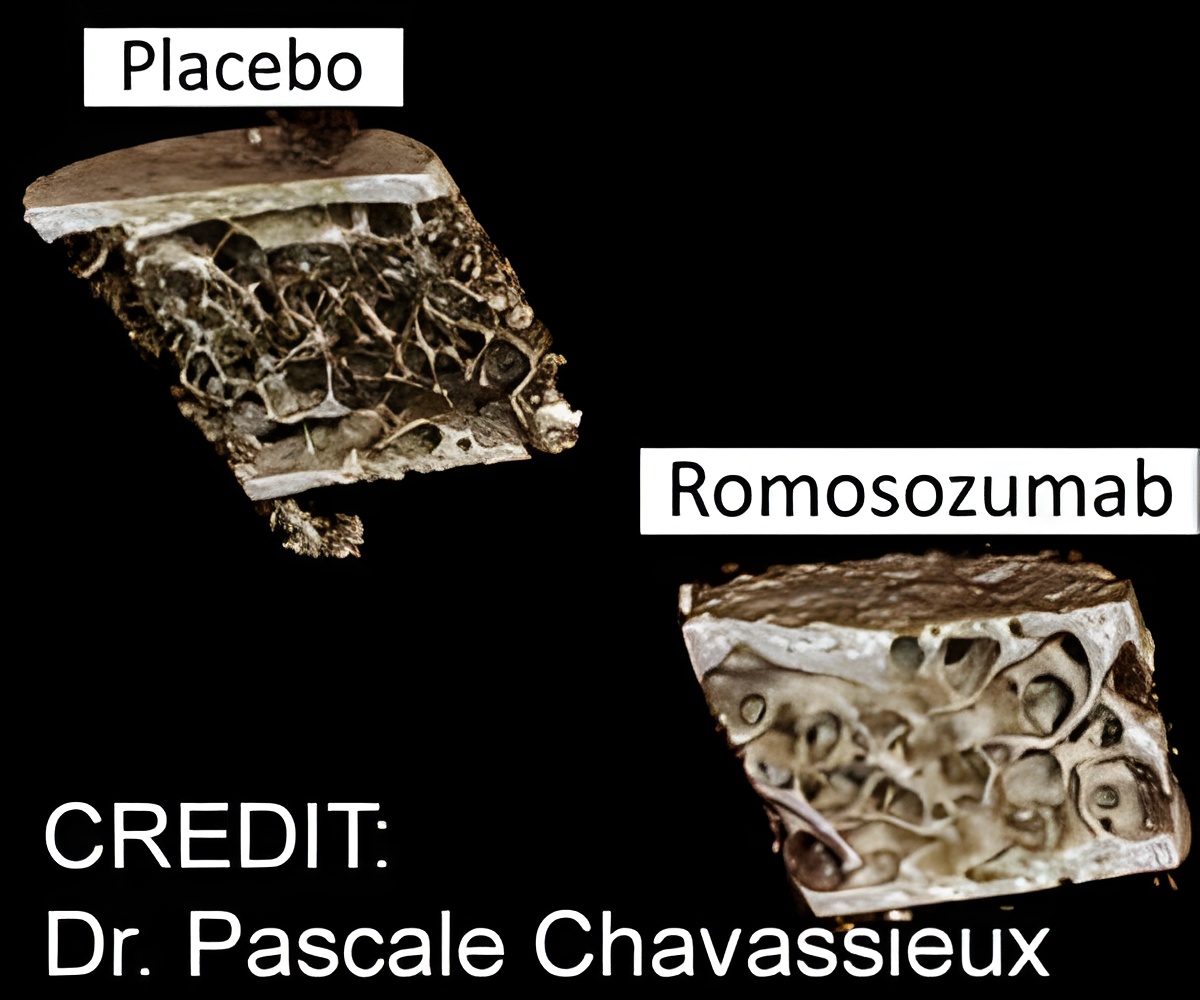
TOP INSIGHT
Romosozumab, an antibody therapy that targets sclerostin, is the first osteoporosis therapy with a dual effect on bone tissue, increasing bone formation, and decreasing resorption.
Read More..
This latest analysis included 107 patients with osteoporosis who were enrolled in the multicenter, phase 3 clinical trial called the Fracture Study in Postmenopausal Women with Osteoporosis (FRAME) study and who underwent bone biopsies. The analysis showed that at the tissue level, romosozumab produced an early and transient increase in bone formation and a persistent decrease in bone resorption. This led to significant increases in bone mass and improved bone microarchitecture (Figure) after 12 months of therapy. These effects contribute to the reduced fracture risk previously reported in postmenopausal women with osteoporosis treated with romosozumab.
"Romosozumab is the first osteoporosis therapy with a dual effect on bone tissue, increasing bone formation and decreasing resorption" said lead author Dr. Pascale Chavassieux, of the University of Lyon, in France.
Source-Eurekalert
 MEDINDIA
MEDINDIA

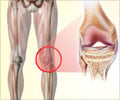
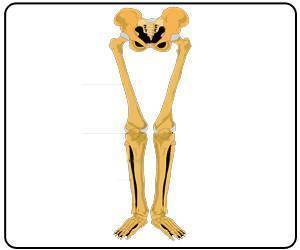
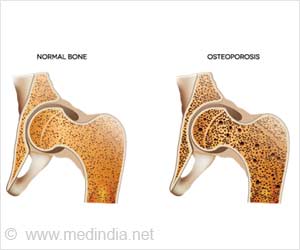
 Email
Email


